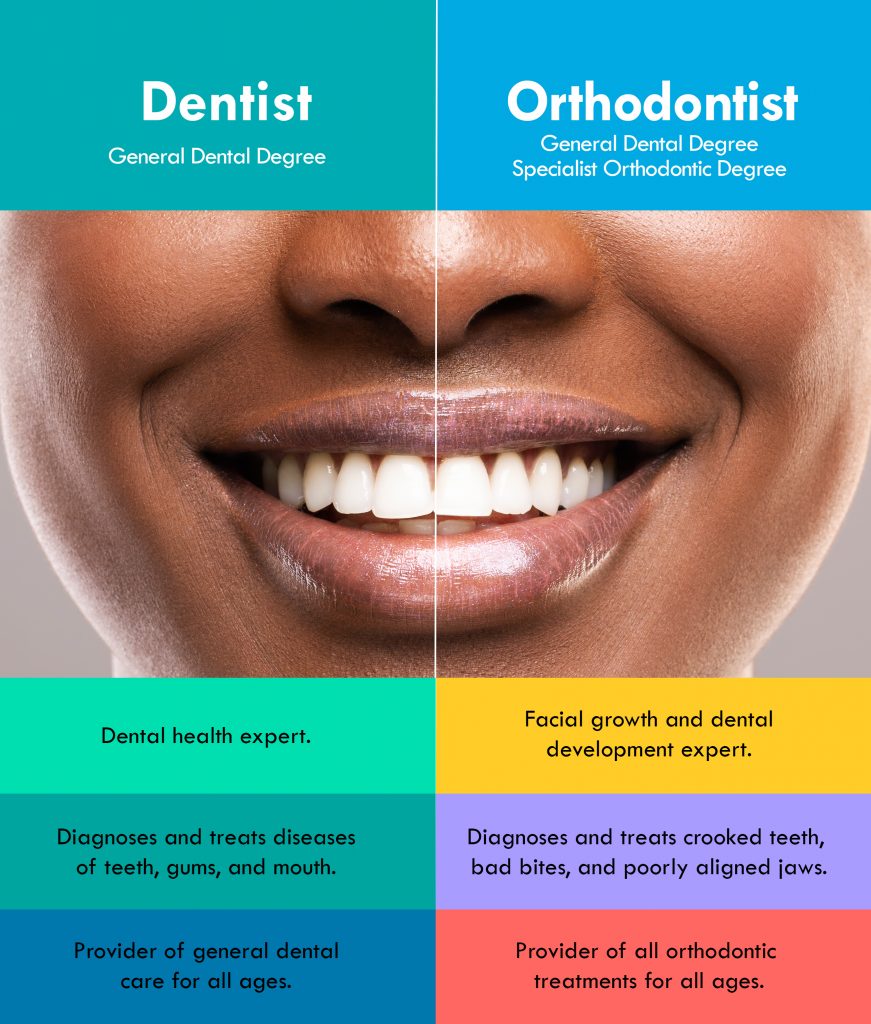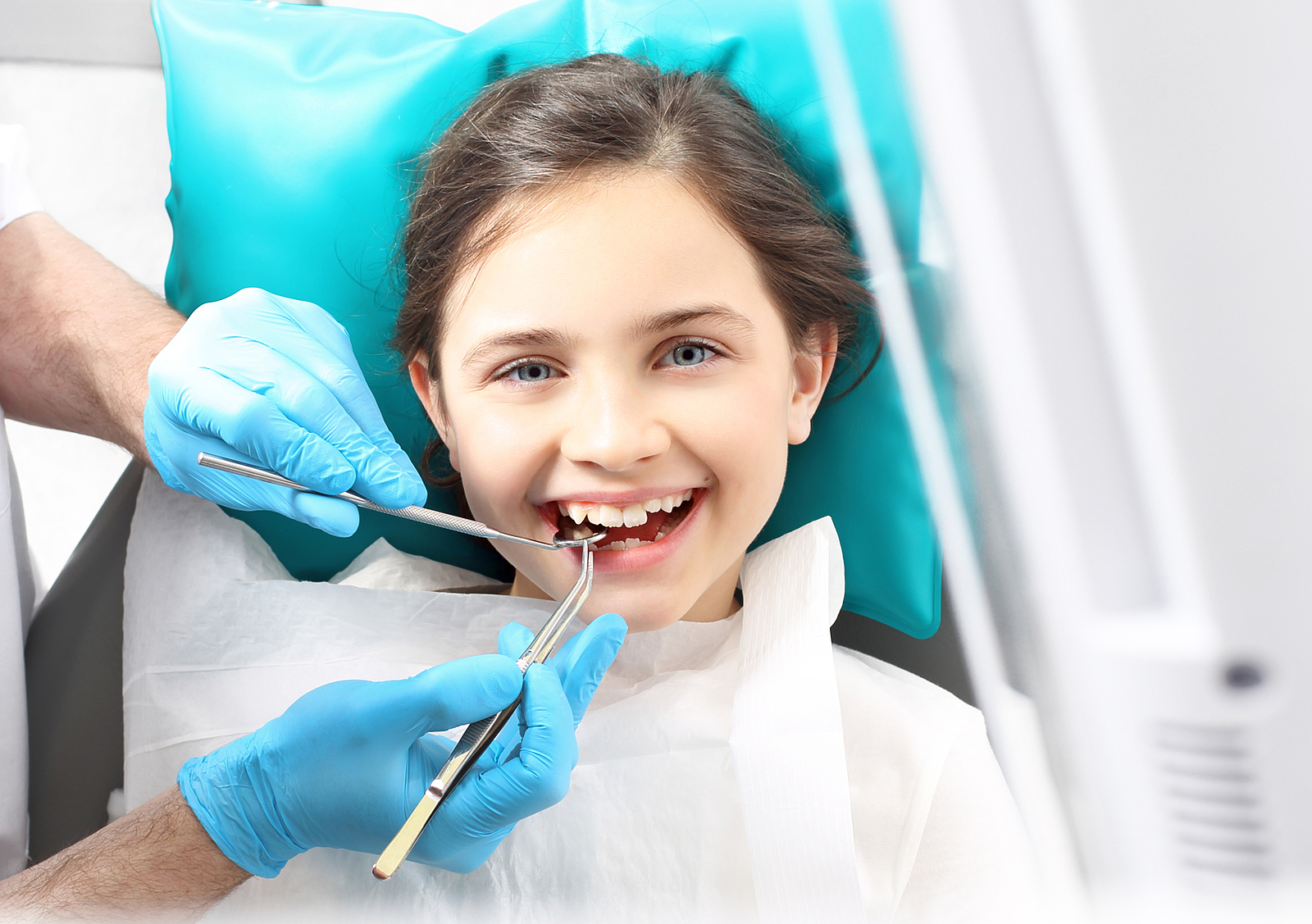10 Easy Facts About Legacy Orthodontics Explained
Table of ContentsHow Legacy Orthodontics can Save You Time, Stress, and Money.The Legacy Orthodontics PDFsExamine This Report on Legacy OrthodonticsSome Of Legacy OrthodonticsLegacy Orthodontics for Dummies
In enhancement, we offer adjustable therapy schedules, adaptable repayment choices and a fun, enjoyable experience.An orthodontist is a dental professional educated to diagnose, stop, and treat teeth and jaw abnormalities. Orthodontists function with people of all ages, from children to adults.
Malocclusion, or misaligned teeth, can lead to dental concerns, consisting of dental cavity, gum tissue disease, and difficult or unpleasant chewing. Not everyone is birthed with straight teeth. If you have a bad bite or huge areas between your teeth, you might wish to consult a dentist focusing on orthodontic treatment.
A Biased View of Legacy Orthodontics
( Image Credit Rating: DigitalVision/Getty Images) Orthodontists use fixed and removable dental devices, like dental braces, retainers, and bands, to alter the position of teeth in your mouth. Orthodontic therapy is for oral problems, consisting of: Jagged teethBite issues, like an overbite or an underbiteCrowded teeth or teeth that are also far apartJaw misalignmentThe objective of orthodontic therapy is to improve your bite.
A healthy bite ensures you can consume, eat, and speak properly. While you may assume of orthodontists as generally for youngsters or young adults that require dental braces, they can correct oral problems at any age. Orthodontists go to university, oral institution, and orthodontic college. After graduation, they invest 2 or 3 years in an orthodontic residency program.
All orthodontists are dental practitioners, but not all dental practitioners are orthodontists. Orthodontic residency programs use extensive, focused guideline for dental experts. They focus on two locations: Exactly how to properly and safely relocate teeth How to correctly direct development in the teeth, jaw, and faceOnce an orthodontist has finished training, they have the choice to come to be board accredited.
4 Easy Facts About Legacy Orthodontics Explained
Imbalance, or malocclusion, is one of the most usual factor individuals see an orthodontist. It is genetic and is the outcome of size differences in between the upper and reduced jaw or in between the jaw and teeth. Malocclusion leads to tooth overcrowding, a misshapen jaw, or uneven bite patterns. Malocclusion is typically treated with: Your orthodontist affixes metal, ceramic, or plastic square bonds to your teeth.
Some individuals need a headgear to aid move teeth right into line with pressure from outside the mouth. A retainer is a customized device that keeps your teeth in location.
They're usually utilized on children. They can produce added room in the mouth without having to pull teeth. If you have a significant underbite or overbite, you might require orthognathic surgery (likewise called orthodontic surgical procedure) to lengthen or reduce your jaw. Orthodontists make use of cables, surgical screws, or plates to support your jaw bone.
You might need to see an orthodontist if you have: Crowding or not enough space for all of your teethOverbite, when your top teeth come over your base teethUnderbite, when your bottom teeth are as well much forwardSpacing or issues with gapsCrossbite, which is when your top teeth fit behind your base teeth when your mouth is closedOpen bite or a vertical space between your front bottom and top teethMisplaced midline, when the facility of your base and top teeth do not align Fixing an oral malocclusion can: Make attacking, chewing, and speaking easierImprove the symmetry of our face and your overall appearanceEase discomfort from temporomandibular joint problemsDifferent your teeth and make them easier to clean up, helping avoid dental cavity or cavities It's frequently a dentist who first notices misaligned teeth throughout a regular test.
The Best Strategy To Use For Legacy Orthodontics

Throughout your very first orthodontic consultation, you'll likely have: An oral examPhotos taken of your face and smileDental X-raysPanoramic (360 degree) X-rays of your face and headImpressions to produce molds of your teethThese examinations will certainly aid your orthodontist recognize just how to continue with your therapy. orthodontics. An orthodontist is a dental practitioner who's had training to treat your teeth and jaw
An orthodontist is concentrated on your bite, so something like a broken tooth would be handled by a dental practitioner. Orthodontists are concentrated on your bite, or the way your teeth fit with each other, and the straightness of your teeth.
Ever asked yourself exactly how celebs always appear to have flawlessly lined up teeth? Orthodontists are dental specialists that concentrate on correcting irregularities in the teeth and jaws.
The Greatest Guide To Legacy Orthodontics

While braces are the most generally identified orthodontic treatment, orthodontists have a diverse toolkit at their disposal. The specific method chosen depends on the extent of the instance, the person's about his age, and specific choices. These reliable dental braces make use of a system of braces adhered to the teeth and connected by wires.
Clear aligners, like Invisalign, are a preferred choice for patients seeking a much more very discreet treatment alternative. These removable trays are personalized to gradually shift the teeth's placement. Headgear may be used in conjunction with braces or aligners to apply additional targeted forces, particularly for correcting jaw discrepancies. In cases of narrow jaws, palatal expanders can be used to create area for correct tooth positioning.